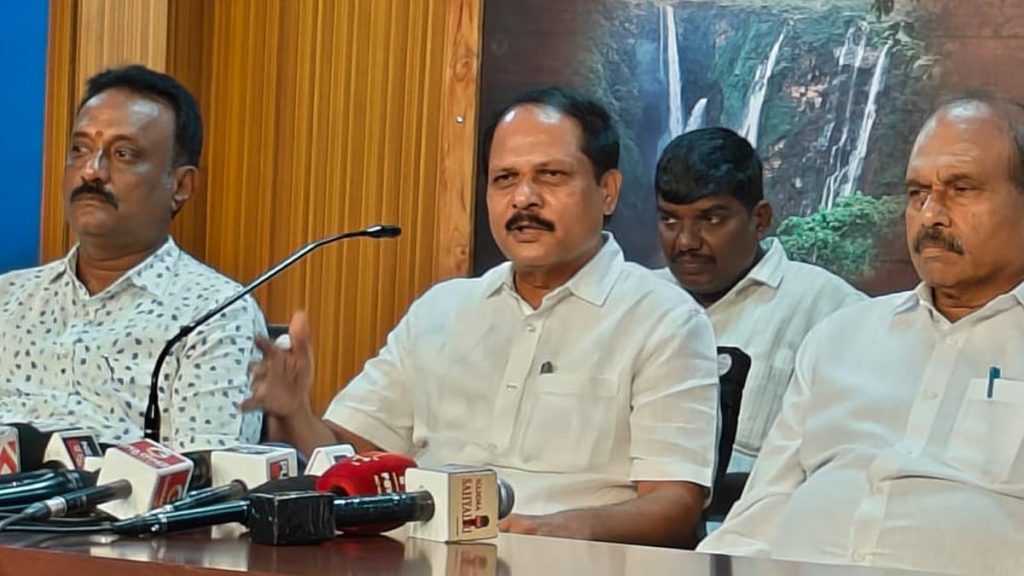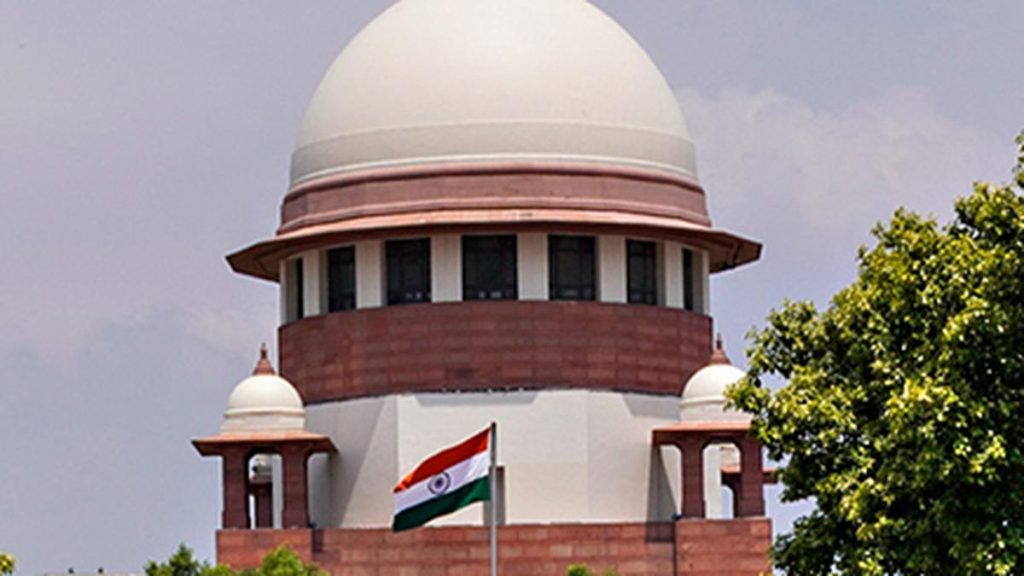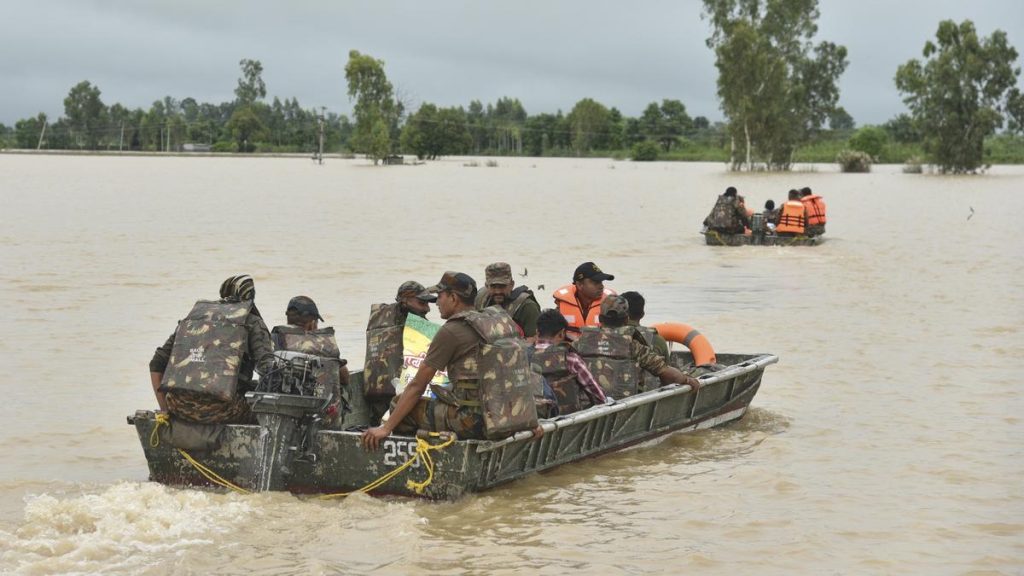Now Reading: Solar Storm May Illuminate Auroras Across 18 US States This Labor Day
-
01
Solar Storm May Illuminate Auroras Across 18 US States This Labor Day
Solar Storm May Illuminate Auroras Across 18 US States This Labor Day

Rapid Summary:
- A rare “cannibalistic” solar storm will hit Earth’s magnetic field on September 1, leading to the formation of vibrant auroras.
- The storm originated from sunspot 4204 on the Sun, which unleashed a powerful M2.7-class solar flare on August 30, accompanied by two back-to-back Coronal Mass Ejections (CMEs).
- These CMEs have merged into a single chaotic plasma cloud, termed as a “cannibal CME.”
- The impact of the storm may disrupt Earth’s protective magnetic shield temporarily, creating geomagnetic storms rated at G2 (moderate) or possibly escalating to G3 (strong) levels at peak intensity.
- Auroras are predicted to be visible in up to 18 U.S. states, including alaska, Minnesota, Michigan, New York, and Oregon. Optimal visibility is expected in dark areas with minimal light pollution during the early hours of September 2.
- Cannibal CME events are infrequent but have occurred several times in recent years; related disturbances can impact GPS systems and even cause notable financial losses.
!Aurora displays
Vibrant aurora displays could be visible in up to 18 U.S. states as people celebrate Labour Day.
(Image credit: Alexander Manzyuk/Anadolu via Getty Images)
!CME heading toward Earth
Experts observed dual CMEs combining before reaching Earth.
(Image credit: NOAA/SWPC/Dr. Tamitha Skov)
Indian Opinion Analysis:
The occurrence of rare cannibalistic solar storms showcases the unpredictability and intensity of space weather driven by fluctuations within our Sun’s active cycle. While this event primarily impacts regions outside India geographically-like many U.S. states-the wider implications resonate globally given that geomagnetic disruptions can interfere with interaction satellites, GPS systems, and aviation technologies crucial for modern life.
For India specifically as an emerging leader in space science initiatives such as ISRO’s satellite-based operations and navigation systems like NavIC (India’s regional GPS),strengthening preparedness against geomagnetic disturbances is becoming increasingly relevant. Scientific studies linking these extreme events with phases like “solar maximum” emphasize why ongoing monitoring and investment in predictive models matter-not just for others globally but also for safeguarding India’s expanding space infrastructure.Such phenomena underline humanity’s dependence on understanding cosmic forces that affect critical sectors-economic activities reliant on accurate geo-location services being among them-or inspire greater collaboration internationally towards mitigating connected risks collectively caused by volatile space weather outcomes.

























